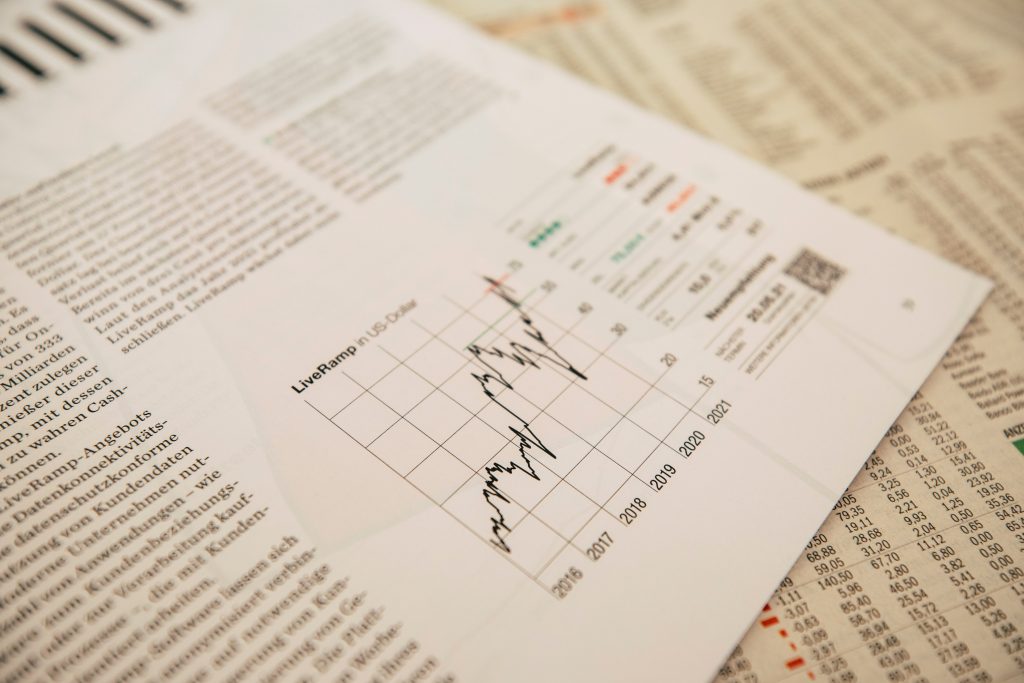Businesses often make decisions to invest in new projects and opportunities based on the potential return that they believe these will bring. This is a mistake.
In today’s global economy, there are many external factors that could impact the outcome of investments. Inflationary rates, currency exchange rates, supply chain shortages, market political and economic stability, and supply chain constraints are just a few of the many possible risk items. There are risks everywhere. The question is whether we have what it takes to overcome them. That’s where risk management enters the picture.
What Is Risk Management?
Risk management involves identifying, assessing, and responding to possible risks throughout a company’s existence. To effectively manage risks, we need to take preventative actions rather than emergency measures and do what we can to control likely scenarios. Because of this, proper risk management can potentially lessen the odds of a risk happening and the severity of its possible consequences.
Determining your organization’s risk profile is an important first step in developing a risk management strategy. This describes the levels of risk it is prepared to take and the types of risks it will not consider. Aside from guiding your decision-making, risk management helps you zero in on the most pressing threats and new opportunities.
Why Is Risk Management Important?
The need for effective risk management is greater than ever. Fast globalization has heightened the complexity of the risks faced by modern businesses. The widespread adoption of digital technologies has led to the emergence of new threats.
Every company needs to take precautions to ensure its continued success and profitability and safeguard its name and image in the eyes of its customers and the law. Risk management is all about decision analysis to better pursue opportunities and control associated risks.
It’s easier for businesses to create and implement a solid risk strategy if they have a thorough grasp of their own unique risk profile. By conducting a risk profile study, firms are given a framework to:
- Consider both established and possible threats
- Identify potential benefits, vulnerabilities, and drawbacks
- Establish current and potential controls
- Determine risk-informed strategic initiatives
Business risk profiles lay the groundwork for defining key focus areas to implement a systematic framework for risk management and enhanced governance procedures, given that every firm has variable degrees of risk awareness, tolerance for risk, and ability to manage risk.
Failing to lessen possible risks can have unfavorable results. For instance, if a company’s HR department fails to provide adequate staff development and training, this can mean a drop in client satisfaction resulting in a bad reputation and lower sales. When measures aren’t taken, businesses run the risk of seeing their share prices drop and perhaps even going bankrupt.
The Bottomline
There are numerous threats to the long-term success of a business. That’s why it’s crucial to be familiar with the fundamentals of risk management and the various strategies to mitigate its effect. Because of this, creating a risk profile is an integral element of building a business case for any potential investment. The risk framework’s conclusion may have a bearing on the company’s decision to explore a given opportunity.
